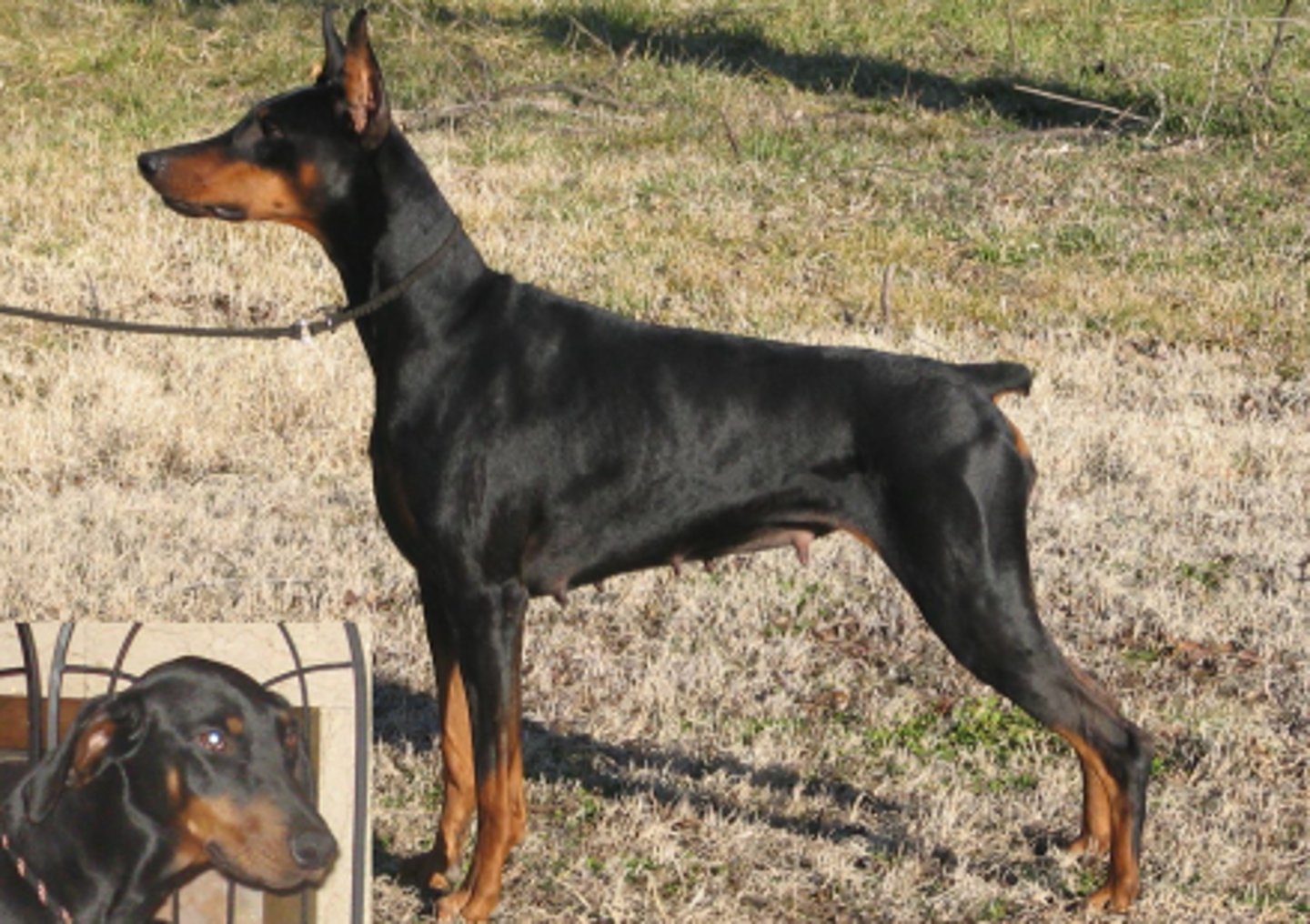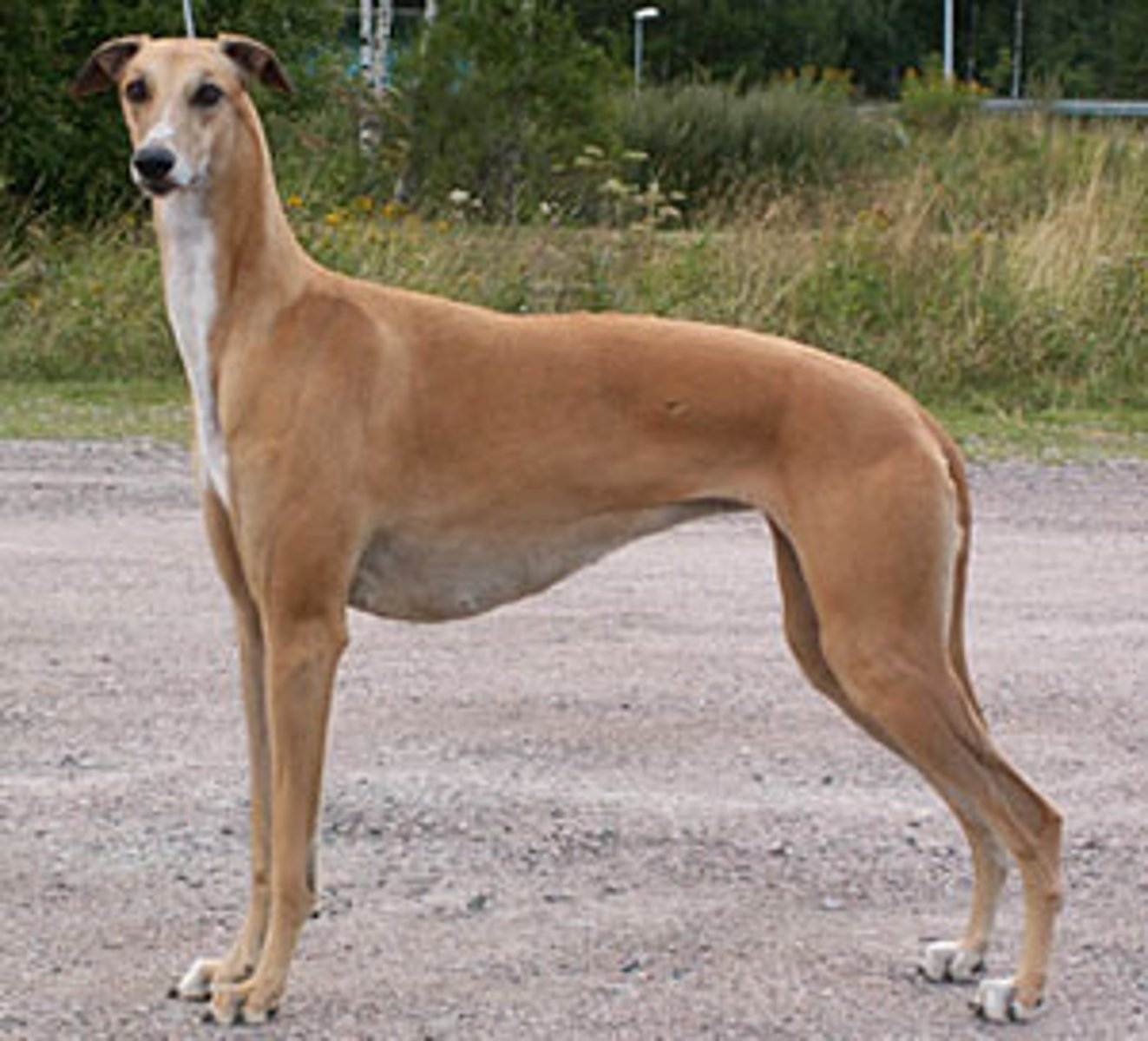APSC 3064 - Exam 1
1/183
There's no tags or description
Looks like no tags are added yet.
Name | Mastery | Learn | Test | Matching | Spaced |
|---|
No study sessions yet.
184 Terms
Pupillary Light Reflex
The size of the pupil at rest represents a balance between two antagonistic forces:
The amount of incident light and the emotional status of the patient
Miosis
The amount of incident light stimulating the retina and influencing the oculomotor neurons to CONSTRICT the pupil
Parasympathetic innervation through CN III
Mydriasis
The emotional status of the patient which influences te sympathetic system and causes pupillary dilation
Resting Pupil
BOTH pupillary dilator and antagonistic pupillary sphincter are active
Pupillary Dilator
Sympathetic System
Pupillary Sphincter
Parasympathetic System
Which Pupillary muscle is the more powerful?
Pupillary Sphincter (constrictor)
If a bright light is shone into one eye at a time, what happens?
BOTH pupils constrict, with a DIRECT response in the tested eye being slightly stronger than a indirect response in the opposite eye
"The Dazzle Reflex"
When a bright light is initially flashed into the eye, a blink response occurs
"The Pupillary Escape"
When a poor quality source is used, the stimulated pupil may dilate slightly with continued stimulation
Why does the Indirect Response Occur?
Direct stimulus of the left eye results in an indirect constriction of the right pupil
Stimulation of the contralateral CN III parasympathetic nucleus results from some fibers of the CN II that cross over
The Menace Response
Cortically mediated eyelid closure produced by a threatening or unexpected gesture or action suddenly appearing in the near visual field
LEARNED response, presents from 6-12 wks of age
Menace Response Pathway
Visual stimulus is relayed contralaterally in CN II to the occipital cortex via the thalamus
The response to the stimulation is initiated via the motor cortex which stimulates the ipsilateral facial nerve (CN VII) to cause eyelid closure
If there is pupillary reflex...
check subcortical structures
If there is no menace response...
check cerebral cortex
4 Basic Tissues in the Body
Epithelial
Connective
Muscle
Nervous
Epithelial
Covers the body surface, lines body cavities and forms glands and other structures
NOT penetrated by blood vessels, receive nutrition and discharge waste by diffusion via blood vessels in neighboring tissue
Connective Tissue
Most abundant, widely distributed and varied type.
Includes loose connective tissue, fat, cartilage, bone, bone marrow, blood, and fibrous tissues
Ehlers-Danlos Syndrome
connective tissue disorder
fragile, stretchy and loose skin caused by a genetic defect in the production of collagen fibers
Glands
Specialized cell, group of cells, or organ of endothelial origin that selectively removes materials from the blood concentrates or alters them, and secretes them
Exocrine Glands
Secretion outside the body (ducts); saliva, digestive secretions, tears
Endocrine Glands
Secretions within the body -> bloodstream
HORMONES
Sagittal Plane
a plane that runs the length of the body and divides it into left and right parts
NOT NECESSARILY EQUAL HALVES
Medial Plane
Plane that runs down the center of the body length wise and divides it into equal left and right halves
Transverse Plane
A plane across the body that divides it into cranial and caudal parts that are NOT necessarily equal
Horizontal Plane
A plane at right angle to the sagittal and transverse planes; divides the body into dorsal and ventral parts that are not necessarily equal
Dorsal Cavity Consists of
Cranial and Vertebral Cavity
Ventral Cavity Consists of
Thoracic Cavity
Abdominal Cavity
Pelvic Cavity
Peritoneum
serous membrane similar to that surrounding the heart and lungs in the abdominopelvic cavity
Lines the abdominal cavity and extends to the pelvic cavity
Peritoneal Cavity
space between partial peritoneum (attached to abdomen wall) and visceral peritoneum (wrapped around internal organs)
Ascites/Abdominal Effusion
Accumulation of fluid in the peritoneal cavity that exceeds 25mL
Transudate
accumulation of fluid due to a hydrostatic imbalance between the intravascular and extravascular compartments despite normal vascular permeability
little protein in the fluid
Edema, hypoproteinemia
CLEAR
Exudate
Accumulation of fluid due to increased vascular permeability, high protein content
Integumentary System
Consists of the skin, mucous membranes, hair, and nails
What vitamin can dogs and cats not synthesize?
Vitamin D
They must receive it in their diet
Three layers of skin
epidermis, dermis, hypodermis
Shedding in Dogs...
occurs when dog's hair reaches a certain length and stops growing then it "dies"
What are the two glands found in a dog's dermal skin layer?
Apocrine glands - seal the outer layer of the epidermis, pheromone secretion
Merocrine Glands - in the pads of the paws, watery secretion similar to sweat
What are the two types of hair in coats?
Secondary hairs - short fluffy hair, undercoat
Primary Hairs - longer and stiffer outer hairs
What is a dog's "winter coat"?
When a dog's rate of hair growth decreases, usually when the day length shortens
When does a dog lose their winter coat?
Usually as day length increases
Rate of growth increases so shedding occurs at a faster rate
What is the integumentary system a good indicator of?
Overall indicator of good health and nutritional status
Skin should be clean, pliable and free from dirt, sores, excessive oil or dryness
Coat should be bright, clean, consistent and have a healthy shine
About how many bones are in a cat?
245
About how many bones are in a dog?
319
What are the major functions of the skeleton?
Protects internal organs
Support the body
Provide attachment sites for muscles
The skeleton is ...
a dynamic structure throughout lifetime continuously remodeled
What are the specialized cells in the skeleton?
Osteoblasts
Osteoclasts
Chondrocytes
What do the specialized cells in in the skeletal system do?
Preserve the structural integrity of a skeletal system
What do osteoblasts do?
Bone formation
What do osteoclasts do?
bone resorption
break down tissue in bone
calcium in bone -> blood
What do chondrocytes do?
maintain cartilage
What are additional roles of the skeletal system?
Mineral Bank: Ca and P
Blood Production
Acid-Base Balance
Detoxification
Sound Management
What bones make up the forequarters?
Scapula
Humerus
Radius and Ulna
Carpus
Paws
What affects gait?
The angulation of shoulder
What bones make up the hindquarters?
Sacrum, Ilium, Ischium, Pubis
Femur
Tibia/Fibula
Tarsus
Paws
What is angulation?
The angles created by the bones meeting at various joints, especially at the shoulder, stifle and hock
What is forechest in dogs?
The portion of the dog that show in font of the forelegs, the amount varies by breed, size of their chest
What is shoulder layback in dogs?
The angle at which the scapula lies against the ribcage
What is the USUAL angle for the shoulder layback in dogs?
45 Degrees
Does not apply to all breeds
What is the shoulder angle?
The angle between shoulder and humerus
What are the different dog breeds with different shoulder angles?
Achondroplastic Breeds
Working Breeds
Gallopping Breeds
Describe Achondroplastic breeds?
Dachshunds, corgis
Shoulder angle of about 90 degrees
Describe Working Breeds?
Retrievers, Dobermann
Have a more open angles shoulder angle
humerus needs to be long enough to place elbow properly under the body

Describe Galloping Breeds?
Greyhounds, Irish Wolfhound
A more open shoulder because the upper arm drops sharply.
double suspension gallop

Explain how front angulation can affect movement
The steeper the angle of the shoulder blade, the LESS extension of the front leg
What is the Pelvic Angle?
length and set of the pelvic girdle in relation to the spine often affect the angulation of the whole hindquarters
What is a moderate slope in the pelvic angle?
allows a smooth transition from the back through the croup to the hindlegs
About 30 or less
What is the standard angle for the hindquarters to be in line with angulation in the forequarters?
90-110 degrees
What is the rear or stifle joint angle?
Measured along longitudinal axes femur and tibia/fibula
110-130 degree
What is hindquarter angulation or the pelvic slope?
The angle of the pelvis from the horizontal
30 or less than 30 degrees
What happens when pelvic angulation is too steep?
the thrust moves upwards instead of forwards
Causes the back to rise during movement; rear extension is also restricted
What happens when pelvic angulation has a good slope?
a good swing forwards and backwards, allowing for a powerful drive
What happens when pelvic angulation is too flat?
Insufficient thrust forward
What is gait?
pattern of footsteps at various rates of speed, each pattern distinguished by a particular rhythm and footfall
What are examples of different gaits?
Walk
Trot
Gallop
Amble
Pace
Canter
What is the flying trot?
In German Shepherds
All 4 feet are off the ground for a brief period of time
Need extreme angulation for the flying trot
How do we analyze gaits?
Kinematic Gate Analysis
Kinetic Gait Analysis
What is Kinematic gait analysis?
Quantifies the positions, velocities, acceleration/deceleration and angles of various anatomic structures in space
What is Kinetic Gait Analysis?
measures the ground reaction forces that are the result of an individual's step
Cats have more lumbar and thoracic vertebrae, what does this do?
Allows for higher spinal mobility and flexibility
What are found between cats vertebrae?
Elastic Discs that are useful for cushioning and jump landings
Which vertebra allows up and down movement of the head?
First Cervical Vertebra
C-1, Atlas
Which vertebra allows side to side movement of the head?
Second Cervical Vertebra
C-2, Axis
What is Intervertebral Disk Disease?
degenerative disease of the spinal column
compression of the spinal cord and spinal nerves
Which dog breeds' spinal disks begin degenerating early on?
Small Breeds
Dachshund, Beagle, Shih Tzu
Where are herniated disks most common?
In the neck and back
What is Type 1 IVDD?
The outer layer of the disk hardens and damages the disk, allowing it to break easily
What is type II IVDD?
The discs slowly harden over time and beginning to break down and bulge, putting pressure on the spinal cord
What is cervical spondylomyelopathy?
Cervical vertebral malformation-malarticulation
A compression of the cervical spinal cord segments
What are the two forms of Cervical Spondylomyelopathy?
Disc Associated Wobbler Syndrome
Bony Associated Cervical Spondylomyelopathy
What is wobbler syndrome?
Ventral compression of the spinal cord due to protrusion of one or more caudal cervical discs, "wobbly gait"
Middle aged, large breed dogs
What is the vestigial clavicle in cats?
Enhances mobility of front legs needed for hunting
What are rotating carpals in cats?
Allow more varied use of front paws than dogs have
What are growth plates in dogs?
Produce cartilage, which is converted to bone as the dog grows
When do growth plates close?
Late puberty
What happens when a dogs is spayed or neutered prior to puberty?
A delay in the closing of the growth plates
More likely to suffer from orthopedic problems
What does digitigrade mean?
Animals that walk on their toes
What is carpal hyperextension?
flat-footed condition when animals walk on the palmar surface of its wrists
What causes carpal hyperextension?
a traumatic event that ruptures the palmar ligaments
or
ligament degeneration
What allows the contraction and extension of claws in cats?
An elastic ligament between distal end of P3 and P2